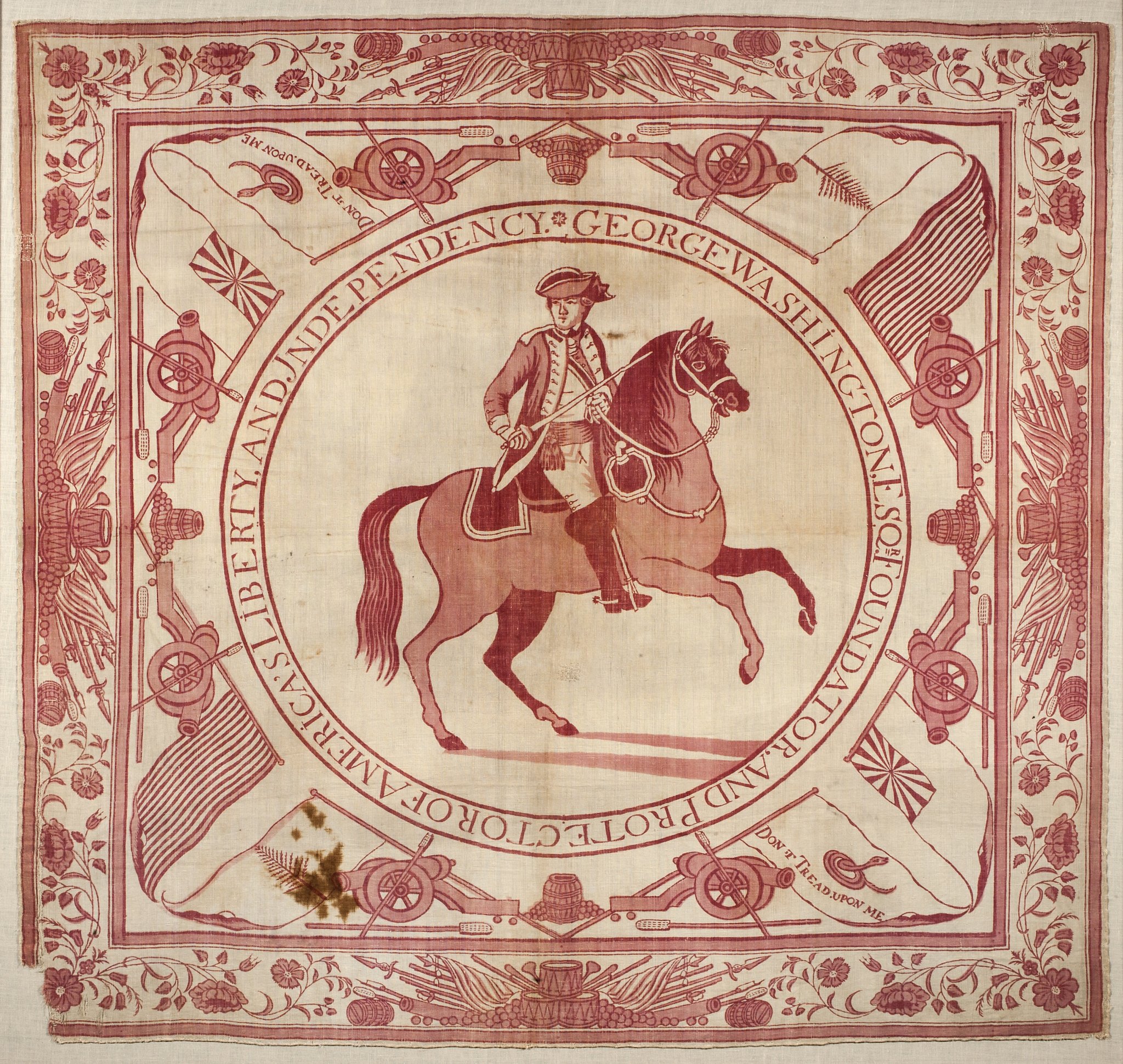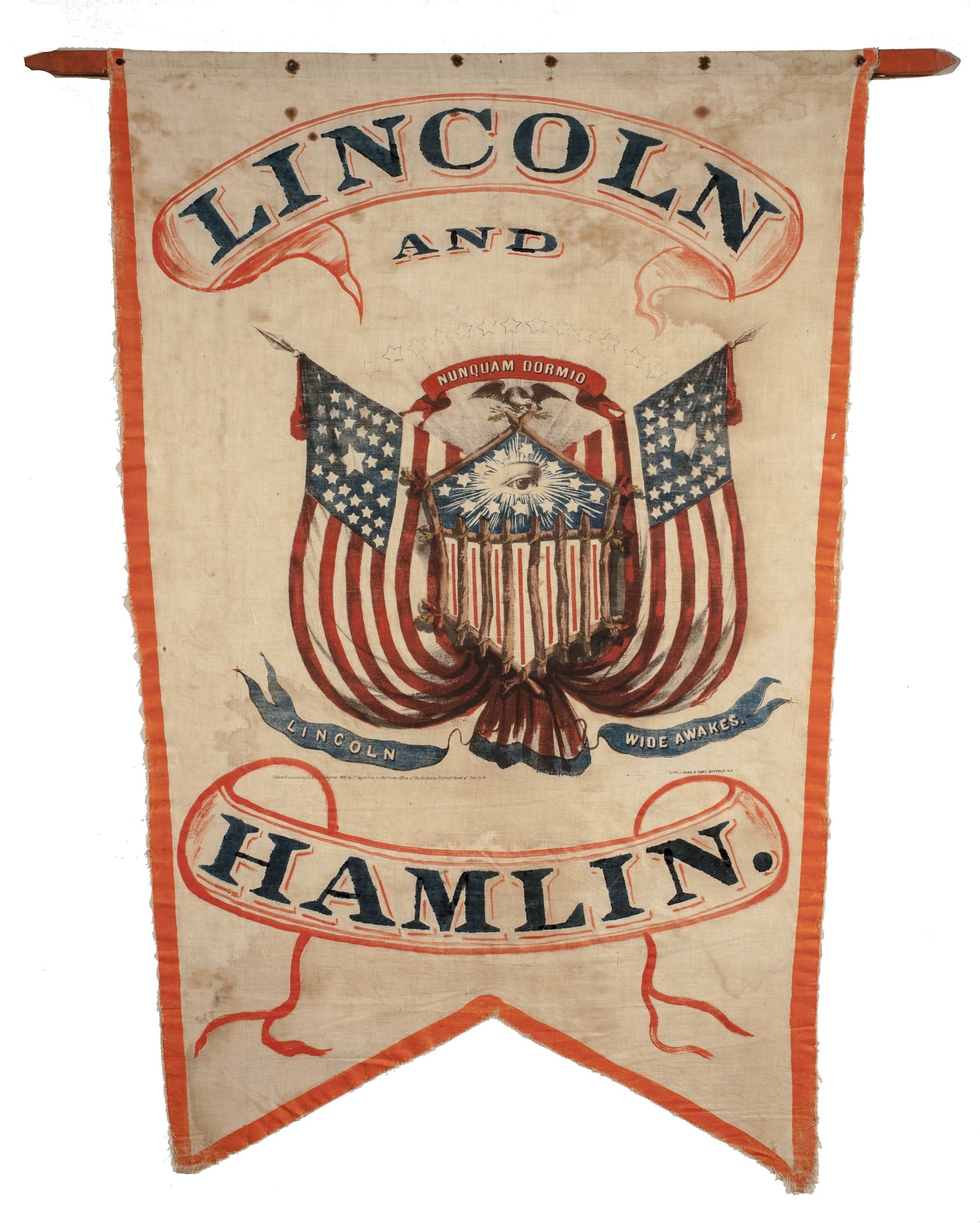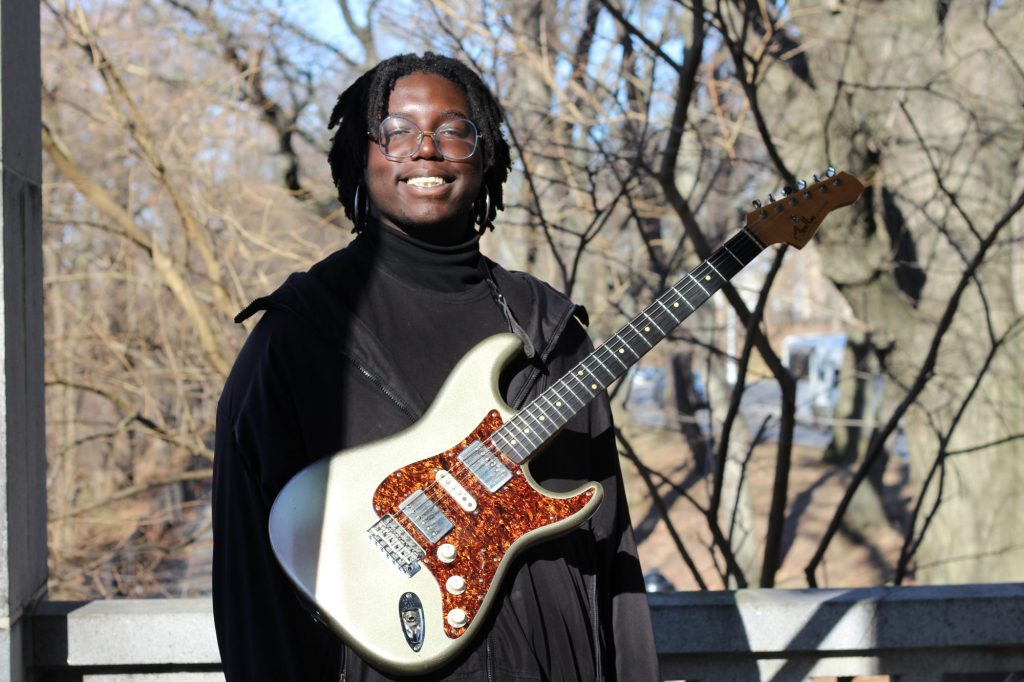Art & History of the American Flag on View in Southampton

A flag — especially our own here in the United States — can feel ubiquitous and blend forgettably into the fabric of our lives, but something changes when presenting our country’s banner in a fresh context. A physical object from the revered past or a remnant of our fraught history causes us to look again, and more closely. Pair this with some brilliant art, and it goes a even farther into a place of wonder and achievement.
Independency: The American Flag at 250 Years, on view at Southampton Arts Center (SAC) May 17 to July 16, has accomplished exactly this. The exhibition features a collection of American flags and historic textiles along with art by abstract painter Sean Scully. It’s curated by historian and collector John Monsky and SAC Executive Director Christina M. Strassfield.
“We look at the flag so often, we don’t realize it’s actually a beautiful design and construction. Of the ‘flag people‘ out there who love flags, the American flag is considered one of the great compositions of flags,“ Monsky says. “And when you see Scully’s work with these flags, it allows you to think about the geometry of the flag, the composition of the flag, all of it. … I wanted to add another element to not just this historical tour — and this is a tour of American history when you see these flags — but also to get people to look at it with fresh eyes.“

Smartly connecting American history and fine art, the exhibition includes some true treasures from the past, such as George Washington kerchief from 1775, a flag for the candidacy of “Abram” Lincoln, and flags from the Apollo Missions. Items like these and Scully’s paintings of stripes and squares are further brought to life with insightful narrative, archival film and photography, material culture and historic documents.
Monsky’s flags are from a lifelong collection that began started in childhood, and has since inspired Flag Day talks at his home for friends and family, and eventually served as the focal point for a series of live multi-media musical journeys through history, which he presents at Carnegie Hall and other premier performance venues. His The Eyes of the World: From D-Day to VE Day, performed with the Boston Pops from Boston’s Symphony Hall, is currently streaming on PBS.org.
While an artist who created actual American flags, like Jasper Johns, might have been the more obvious choice for a show like Independency, Monsky is quite clear on why Scully was the right painter for this exhibition. “I’m not so much in the layering flag on the flag. I’m much more interested in the pieces of it. And Scully, with those stripes, makes you think. He talks about how they represent, sometimes, fields,” he explains. “And when you think about the stripes on the American flag, those are fields, too, the fields that people plow, the fields they pick cotton in,” Monsky continues. “And Scully just helps you get there. I think, without repeating the flag, he goes into it, it’s more dimensional for me… he saw these flags and he responded to them in my collection.”
The show is broken into four galleries. The first offers an introduction to the role flags have played in our history, the artistry of the stars and stripes, and the use of that geometry in art, as seen in Scully’ work on view.

Gallery II, “Campaigns, Parades, and Political Expression,” is an “examination of the role flags and kerchiefs have played in politics and civic discourse,” including presidential campaigns of Abraham Lincoln, John Quincy Adams, and Ulysses S. Grant. Scully’s work interacts with the geometry of the fabrics on display.
Gallery III is focused on “Vietnam and the Moon,” exploring look flags reflecting one particularly complex moment, including a tattered flag from a swift boat from the war, its 20-year-old occupants, juxtaposed with a “Love” flag from 1968 San Francisco. America’s passion for exploration is also shown through textiles from the Wright Brothers and Amelia Earhart, and flags that went to the surface of the moon.
Finally, Gallery IV, “Sacrifice,” presents a collection of flags reflecting the pain and triumphs of America’s wars. Highlights include a pennant flown by the USS Constitution in the War of 1812 — the conflict which gave us “The Star-Spangled Banner” — the flag carried by the nearly all-Black 25th Corps, that captured Richmond, Virginia, the capital of the Confederacy, as well as General George Patton’s personal guidon from World War II, and flags that landed on the beaches of Normandy on June 6, 1944. More contemporary flags are featured from a memorial held for those who died on Flight 93 on 9/11, and one carried by a US Navy Seal in Afghanistan.

“These flags reflect our history, tell our story. Flags that were at rallies, battles, celebrations – flags that were present at hope-filled moments and flags that flew during moments of tragedy. It is also important to appreciate the flag as a geometric object. Its creation was an artistic act. The field of stars calls to our dreams, but it can also be seen as a remembrance of those we have lost: the boys on Omaha Beach on D-Day, dreamers like Amelia Earhart, the astronauts who died in their effort to explore space. The stripes can be seen as the oceans that Americans sailed and the fields where they plowed. We look at the flag every day, but rarely do we contemplate its design and the moments its design captures.”
For her part, Strassfield says, “Southampton Arts Center is honored to showcase the John Monsky collection. The works in his collection, which have never been seen in their entirety, are of such historical significance that this is a rare opportunity for visitors to see such treasures. The flags, photographs, and ephemera will genuinely make history come alive on our walls.”
An opening reception for Independency: The American Flag at 250 Years is scheduled at Southampton Arts Center (25 Jobs Lane) on Saturday, May 24 from 5–7 p.m. Learn more at southamptonartscenter.org









